Hauling gravel using a flatbed trailer can be a rewarding endeavor, especially for contractors, landscapers, and DIY enthusiasts. This article delves into the nuances of safely and efficiently transporting gravel while maximizing your flatbed trailer’s capabilities.
Understanding Flatbed Trailers
Flatbed trailers are characterized by their open surface, allowing for easy loading and unloading of various materials, including gravel. Their sturdy design accommodates heavy loads, making them ideal for transporting bulk materials. However, improper loading can lead to safety hazards or damage during transit.
Key Features of Flatbed Trailers
| Feature | Description |
|---|---|
| Open Deck | Flat design enables easy access from all sides for loading and unloading. |
| Weight Capacity | Suitable for hauling heavy materials; capacities vary by model. |
| Durability | Constructed from robust materials, built to withstand rough hauling conditions. |
| Versatility | Supports a range of cargo types beyond gravel, including equipment and machinery. |

Preparing for a Gravel Haul
Before hitting the road, thorough preparation is vital to ensure safety and efficiency. The following steps outline how to prepare for hauling gravel effectively.
1. Select the Right Trailer Size
Choosing the appropriate size of flatbed trailer is paramount. Consider the amount of gravel needed for your project, keeping in mind the weight capacity of the trailer. A standard flatbed trailer ranges from 20 to 30 feet in length, with a weight capacity typically from 10,000 to 20,000 pounds.
2. Assess the Gravel Type
Gravel comes in various types, including pea gravel, crushed stone, and decorative gravel. Recognizing the type of gravel and its weight will assist in planning the load and ensuring the trailer’s capacity is not exceeded.
| Gravel Type | Weight per Cubic Yard (Approx.) | Use Case |
|---|---|---|
| Pea Gravel | 1,200 – 1,500 lbs | Landscaping, drainage |
| Crushed Stone | 1,500 – 2,700 lbs | Construction, foundations |
| Decorative Gravel | 1,200 – 1,600 lbs | Aesthetic landscape designs |
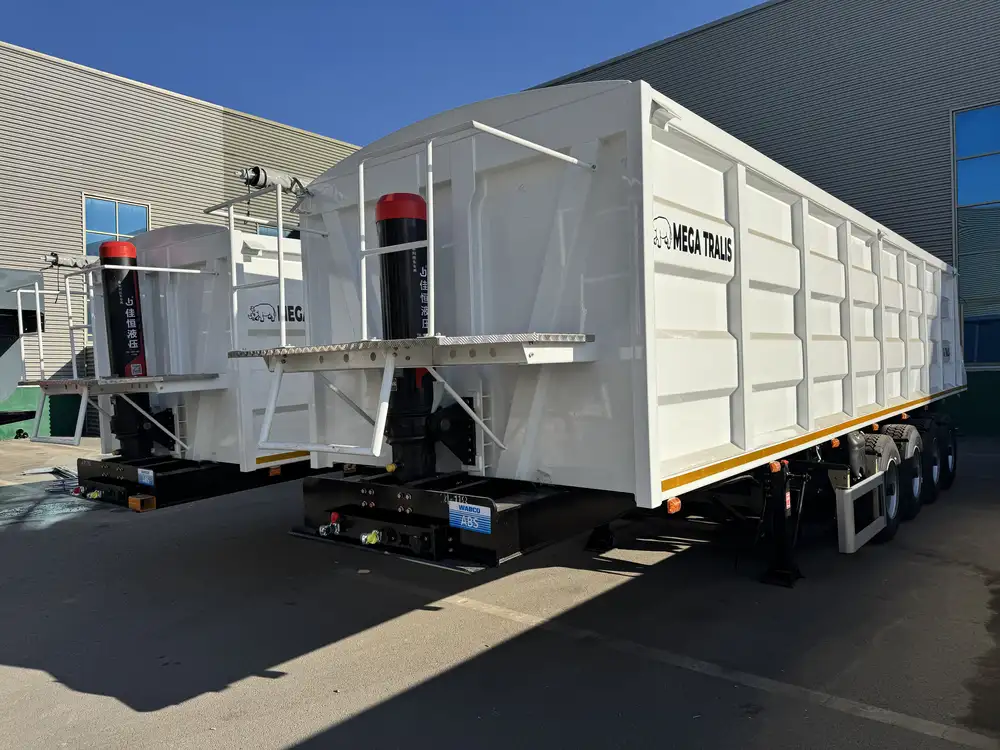
3. Equip Yourself Properly
Ensure you possess the necessary equipment for loading and securing gravel. Essential tools include:
- Tarp: To cover loads and minimize spillage.
- Ratchet straps: For securing loads firmly to the trailer.
- Loading ramps: Helpful when transferring gravel from piles to the trailer.
- Weight scale: To verify that the load remains within legal limits.
Loading Gravel onto the Flatbed Trailer
Loading gravel efficiently requires following a systematic approach to ensure weight distribution and secure positioning.
1. Optimal Weight Distribution
Properly distributing weight across the trailer is critical for safe hauling. Aim to have a balanced load, placing about 60% of the weight in the front half of the trailer. This distribution minimizes the risk of swaying while driving.

2. Use of Tarps
Utilize a heavy-duty tarp to cover the gravel. This practice mitigates material loss due to wind during transit and protects against weather conditions that may affect the gravel’s integrity.
3. Securing the Load
Use ratchet straps to secure the gravel firmly to the flatbed trailer. Ensure that all straps are tight, preventing any movement of the load while driving. A minimum of four straps is recommended for stability.
Driving Safely While Hauling Gravel
Once loaded, the journey begins. It is essential to adhere to safety practices while driving to maintain control and avoid accidents.
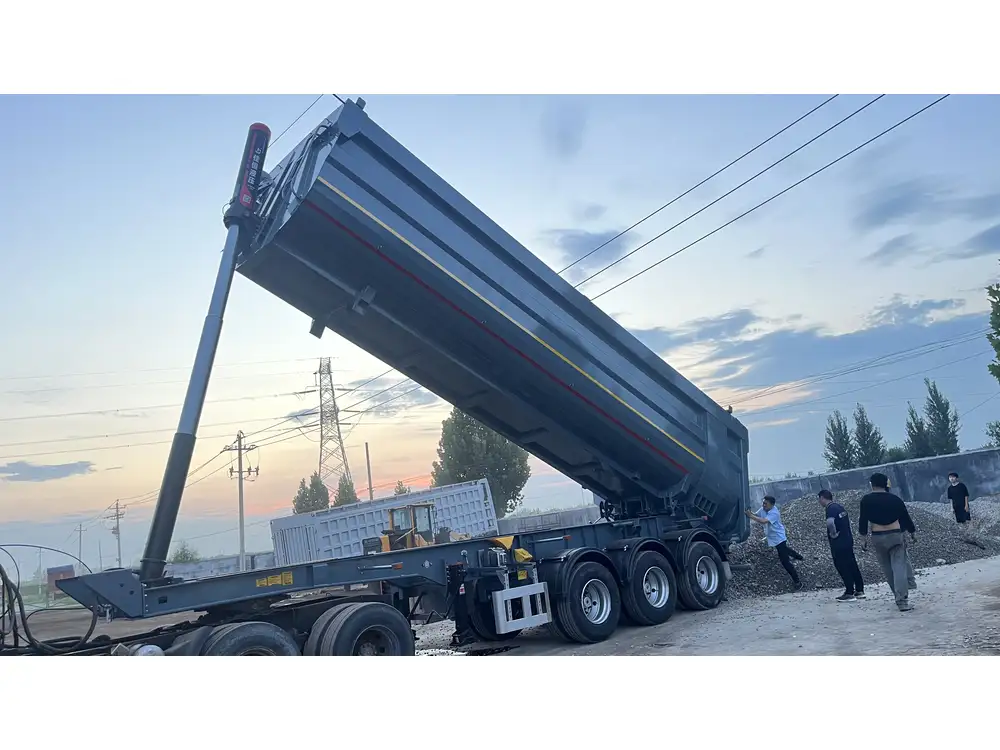
1. Understanding the Legal Regulations
Each state has specific regulations regarding weight limits and transportation. Familiarize yourself with the legal limits for your flatbed trailer. Overloading can lead to fines and safety hazards.
2. Maintain a Safe Speed
When hauling gravel, it’s crucial to adjust your driving speed. Increased weight requires longer stopping distances. Maintain a reduced speed, particularly in inclement weather or on hilly terrains.
3. Avoid Sudden Movements
Driving a flatbed trailer loaded with gravel necessitates cautious maneuvering. Sudden lane changes, harsh braking, or sharp turns can destabilize the load.
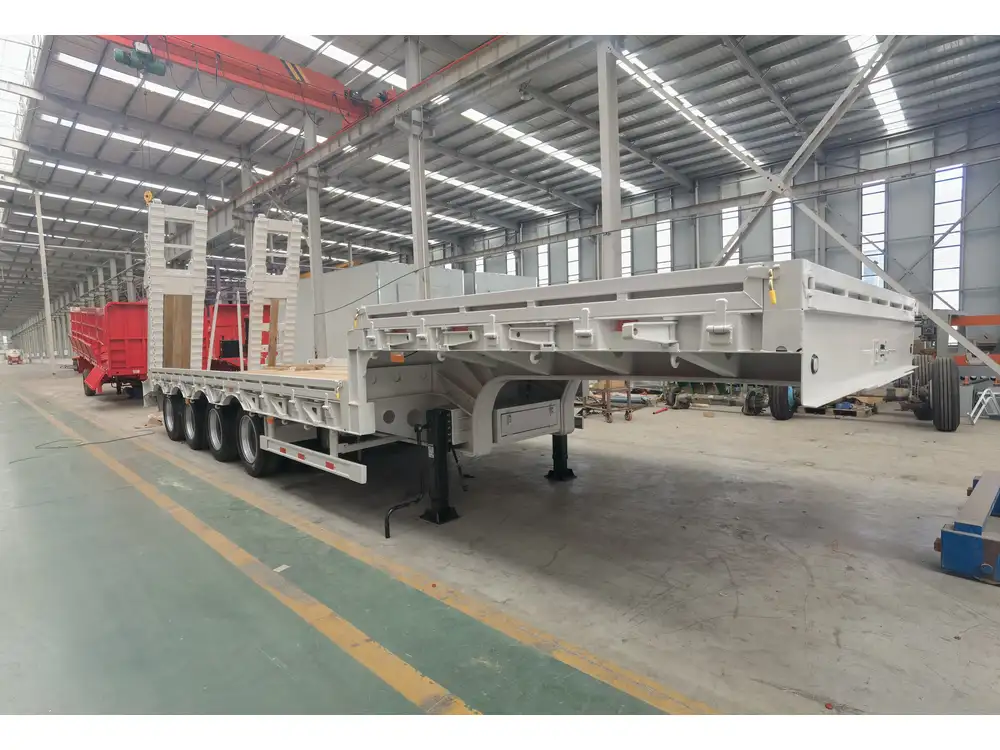
Unloading Gravel on Arrival
Arriving safely at the destination is just the beginning; unloading gravel also requires caution to ensure safety and efficiency.
1. Choose a Flat and Stable Surface
Unloading gravel should occur on a flat, stable surface. Avoid unloading on inclines or uneven ground to prevent the trailer from tipping.
2. Utilize Equipment for Heavy Loads
For larger quantities, consider using equipment such as an excavator or a skid steer loader to facilitate the unloading process. This approach minimizes labor and time spent unloading gravel.
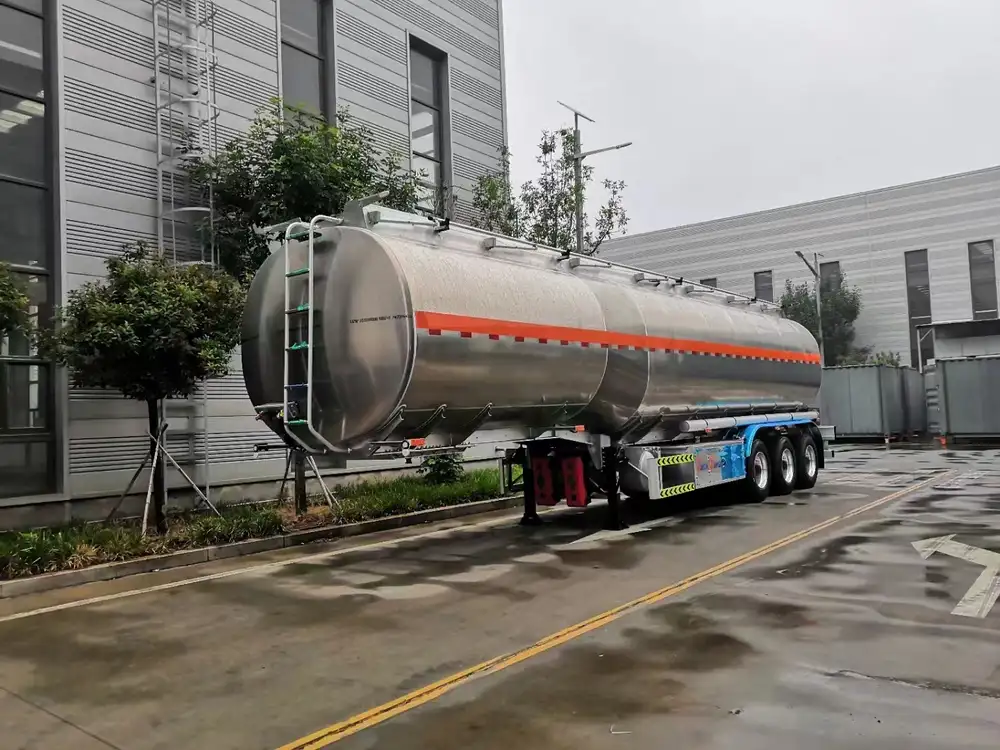
3. Dispose of Tarp and Prepare the Site
After unloading, ensure that the tarp is removed properly, avoiding debris spillage. As you prepare the site where the gravel will be utilized, think about how the material will be spread and compacted.
Additional Considerations for Hauling Gravel
While the fundamentals of hauling gravel have been discussed, additional factors can optimize your hauling experience.
1. Weather Conditions
Always check the weather forecast prior to hauling gravel. Rain can make roads slick, and wet gravel is heavier. Adjust your schedule accordingly, prioritizing safety.
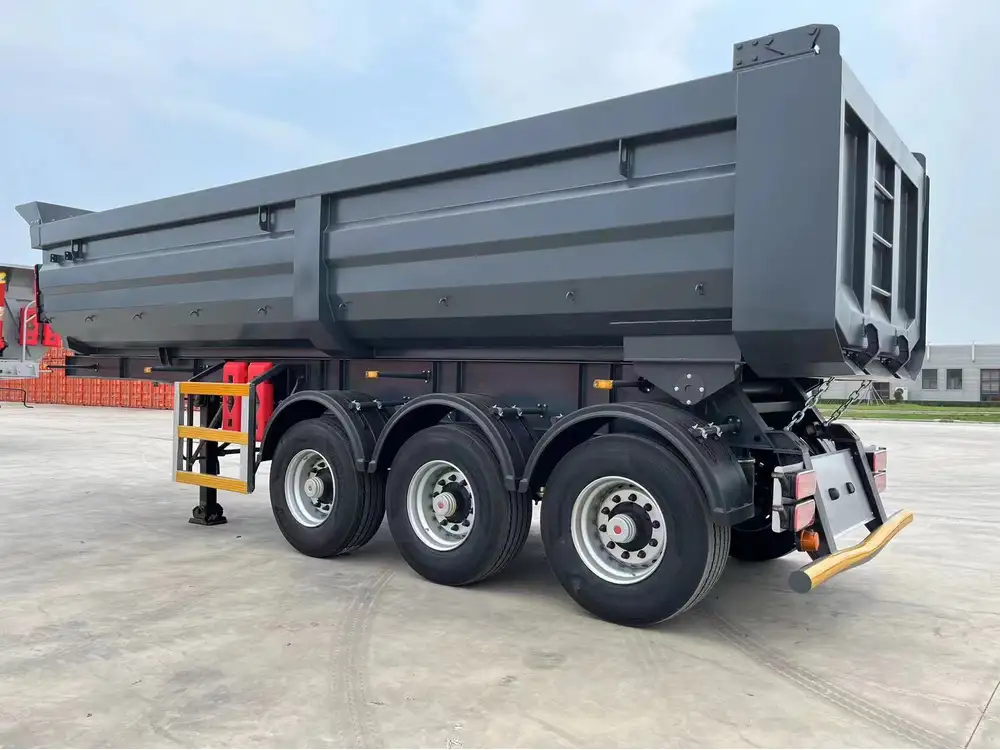
2. Road Maintenance
Consider the overall condition of the roads on your journey. Potholes or rough terrain can adversely affect your load’s integrity. Know your route and prepare for adjustments as needed.
3. Insurance and Liability
Review insurance policies regarding towing and hauling. Ensuring that you’re covered against accidental damage or loss will provide peace of mind during transit.
Troubleshooting Common Issues
Like any transportation venture, issues may arise while hauling gravel. Here’s a brief troubleshooting guide:
| Problem | Solution |
|---|---|
| Load Shifting | Check and tighten ratchet straps, redistribute gravel if necessary. |
| Exceeding Weight Limit | Offload excess gravel at the nearest safe location before continuing. |
| Poor Acceleration | Check that the towing vehicle is capable of handling the load; consider redistributing weight. |

Conclusion: The Key to Successful Gravel Hauling
Mastering the art of hauling gravel on a flatbed trailer requires preparation, safety measures, and practical techniques. By understanding the load dynamics, implementing secure loading protocols, and conducting thorough route assessments, you can optimize your hauling efficiency while ensuring the safety of both the load and vehicle.
With these insights, we empower you to tackle gravel hauling challenges with confidence. Whether you’re managing a construction site or enhancing a landscape, effective gravel transport is essential to your project’s success. Equip yourself with the right tools and knowledge, and embark on your hauling journey with readiness.



